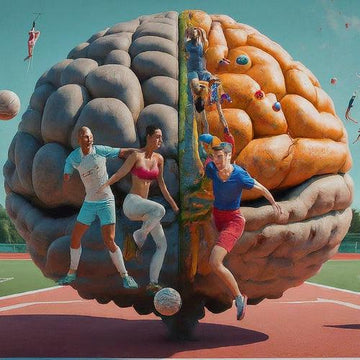But a growth mindset can be taught! If we, as IB teachers, teach our students how to develop a growth mindset, we can help our students not only gain confidence and motivation but also be more successful in the future. As students begin the learning process to growth their own mindset, their brain changes, as does their attitude. This is a great step to developing lifelong learning. Here are a few tips to get you started in using a growth mindset in your IB classroom.
- Use Process Praise (not intelligence praise)
Praise the learning process your students have undertaken. The effects of praise can reinforce the idea that mistakes can be learning opportunities. For example you may say: "This activity was really challenging, but you did it!" or "I know this was difficult; thanks for emailing me your question so you could get this essay turned in on time."
- Teach Affirmations
For example: "I can do hard things" or "This is difficult right now, but it will get easier as I practice."
- The Power of Yet
Ask students to add on the word "yet" to sentences, for example: "I don’t know how to solve these types of problems, YET."
- Create a classroom climate where your students can learn a growth mindset
For example: Ensure your students feel safe making mistakes in class. Create positive relationships with your students so they know you will never ridicule them, embarrass them, or judge them for mistakes or questions they ask.
There is a lot more to say about growth mindset. If you'd like to learn more about using a growth mindset in your classroom, check out the Seltrove SEL Teacher Identity Workshop here.
You can also find more information on Carol Dweck's work in her book Mindset.






